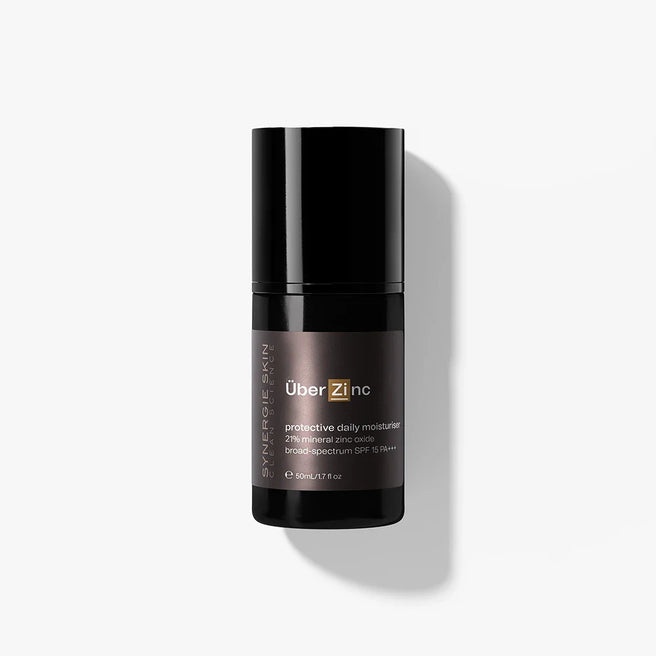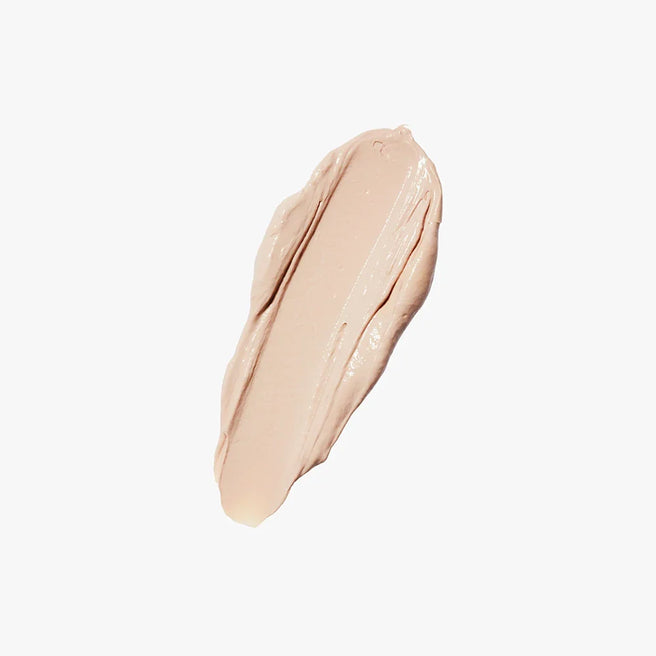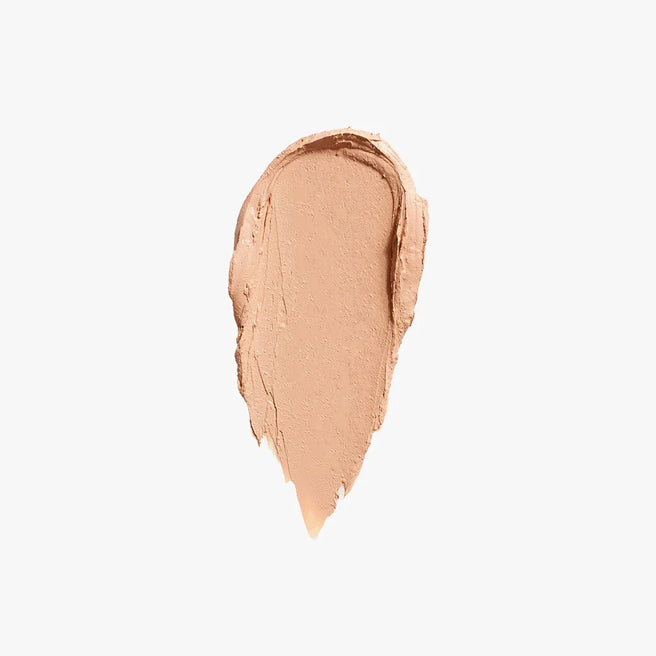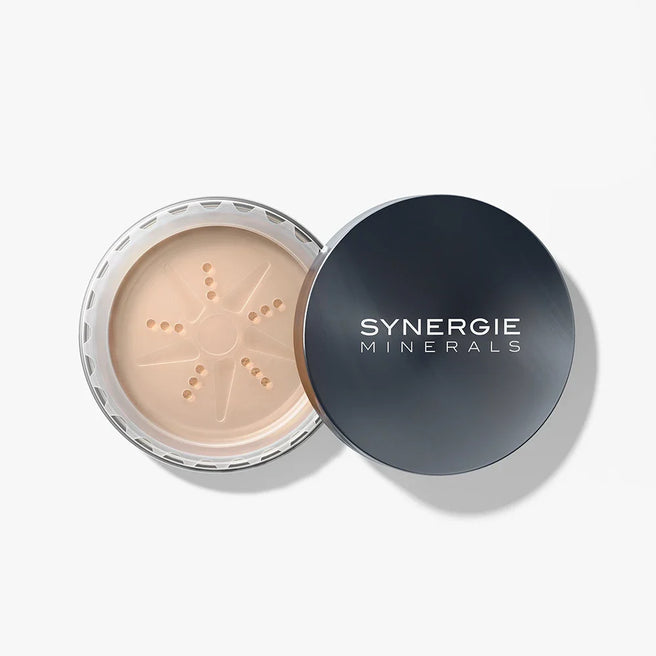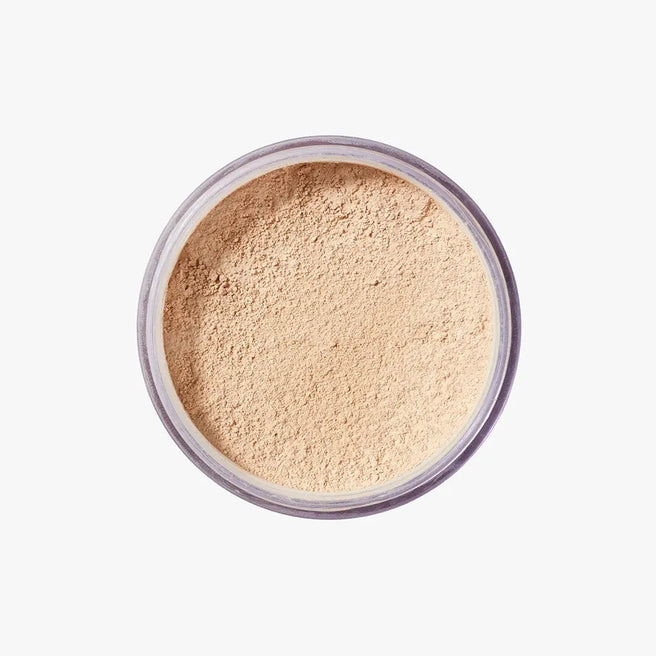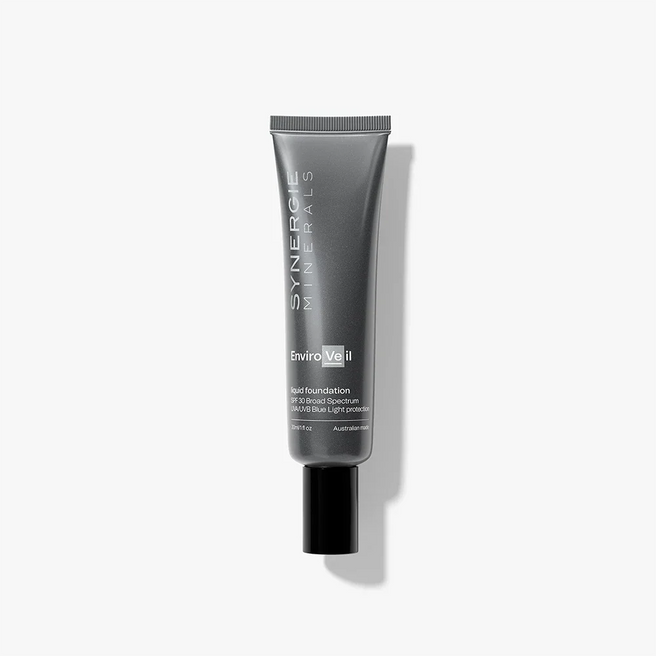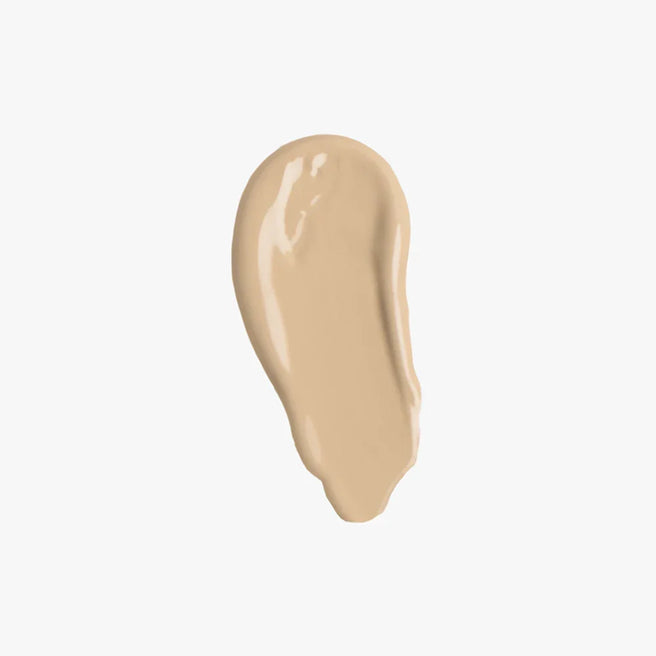The media is constantly buzzing regarding the safety of certain chemical sunscreen ingredients, particularly in relation to wellness and eco-toxicity. Whilst there is way too much fear mongering infiltrating so many platforms, it's important to look at the science and evidence over the hype. I've always been an advocate for physical sunscreens based on zinc oxide but let's cut through the hype. As we transition into the warmer months, let’s recap on the science and safety aspect of sunscreens.
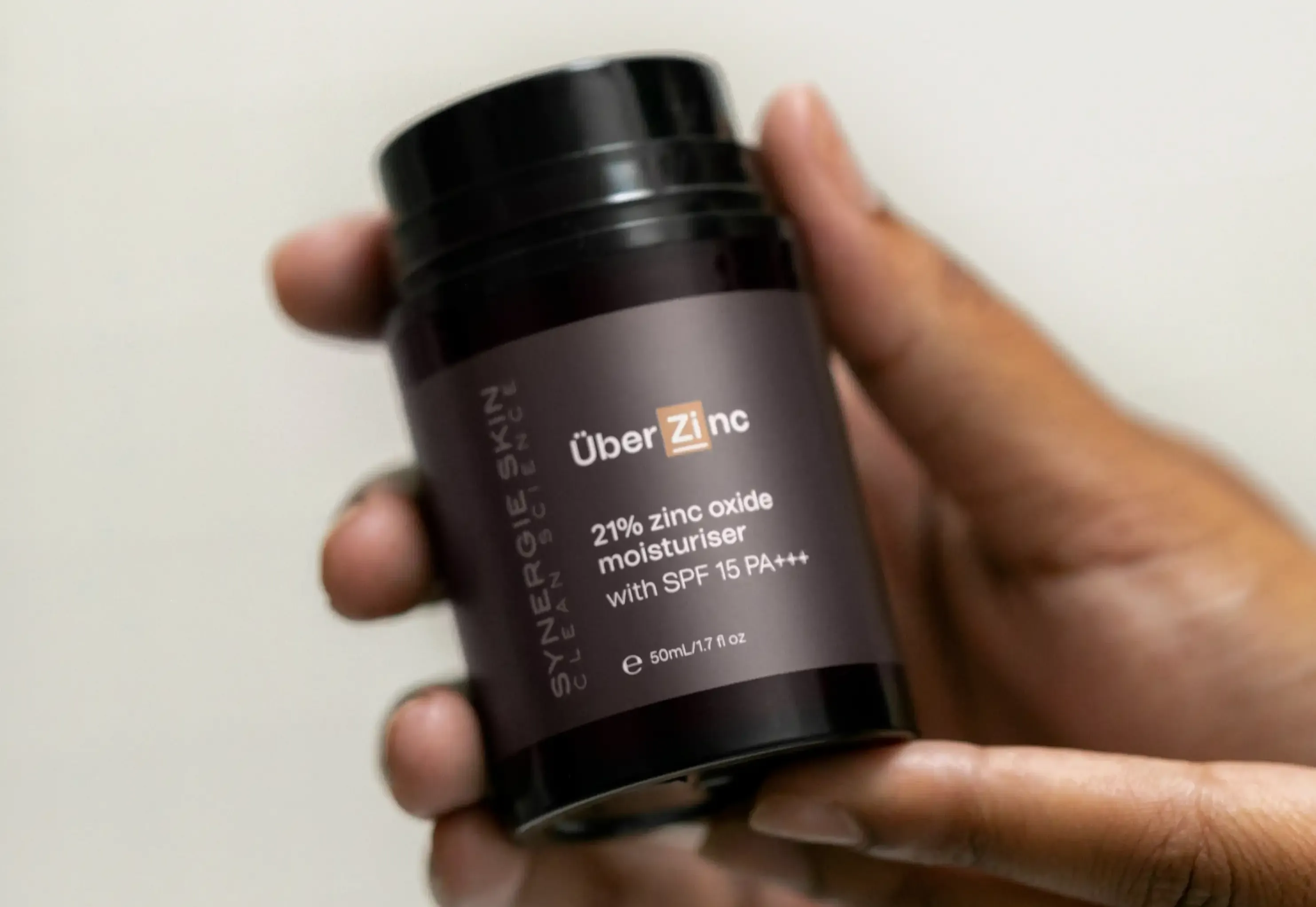
What's considered the safer choice ?
The FDA (the Food and Drug Administration of the USA) states that the earth mineral Zinc Oxide is recognised as a single ingredient, broad-spectrum, safe and effective sunscreen. Physical sunscreen zinc oxide offers superior single ingredient protection by sitting on the skin surface to reflect, absorb, and scatter harmful UVA and UVB rays from our skin. Chemical sunscreen ingredients such as Octinoxate, Octocrylene, Avobenzone and Oxybenzone absorb UVA and UVB energy beneath the skin surface. As of 2022, the FDA has also ruled that many US regions including Hawaii and Palau had banned the sale of sunscreens containing oxybenzone and octinoxate due to concerns about their ecological impact on coral reefs.
Why get physical?
Bans on chemical sunscreen ingredients have been legislated to protect our oceans, reefs, and marine life. According to a non-profit group called the Island Green Living Association, a report claims that chemical sunscreens wash off swimmers’ bodies into the ocean, which may contribute to coral bleaching and sterility.
Studies have found that certain chemical sunscreen ingredients, such as avobenzone, oxybenzone and octocrylene can be absorbed into the bloodstream to varying degrees and have been detected in urine, hours after application. There are some findings indicating that these ingredients may be linked to hormonal imbalance and are able to mimic oestrogen in the body. However, before pushing the panic button, further research is needed to determine the potential effects of these ingredients on the human body. Many chemical sunscreen ingredients such as avobenzone, oxybenzone, octocrylene may cause allergic reactions, irritation, or skin sensitivities due to their chemical nature and the fact that they absorb beneath the skin surface.
Enter Physical Sunscreens...
Not only is Zinc Oxide (found in Synergie Skin's ÜberZinc moisturiser and all Synergie Minerals foundations) a physical sunscreen that protects against UVA and UVB, it also ticks so many boxes when it comes to maximising skin health. Its anti-inflammatory action can reduce skin redness and promote healing. making it ideal for sensitive skin. With its antibacterial and oil controlling activity, Zinc Oxide is also a go-to ingredient for irritated skin and acne sufferers, not to mention completely baby safe and eco-friendly.
So, next time you shop for sunscreen, take the time to read your labels and ‘think zinc' when it comes to your sun protection and overall skin health.
Disclaimer: This blog is for informational purposes only and does not substitute professional medical advice. Consult a dermatologist or skincare professional for specific concerns.






